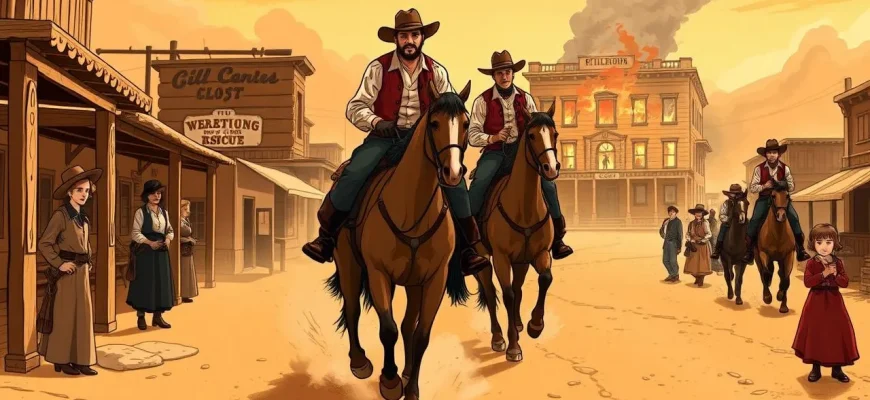The Western genre has always been rich with stories of rugged individuals facing the harsh realities of the frontier. This curated list focuses on films where the protagonists are not just gunslingers or outlaws, but rescuers, showcasing bravery, moral dilemmas, and the spirit of adventure. These films offer a unique perspective on heroism, making them a must-watch for anyone interested in the depth and diversity of Western cinema.
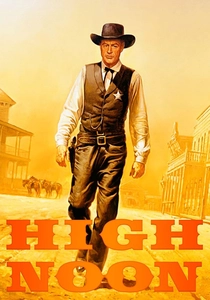
High Noon (1952)
Description: Marshal Will Kane must face a gang of killers alone when the town refuses to help, making his stand a rescue mission for the town's future.
Fact: The film was shot in real-time, with the entire story unfolding in the span of 85 minutes. It was initially banned in some U.S. cities for its perceived political allegories.
 Watch Now
Watch Now
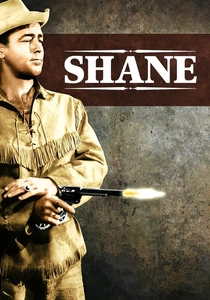
Shane (1953)
Description: Shane, a mysterious gunfighter, comes to the aid of a homesteader family threatened by a ruthless cattle baron, embodying the archetype of the rescuer.
Fact: The film was nominated for six Academy Awards, including Best Picture. It's often praised for its cinematography and the iconic scene where Shane rides off into the sunset.
 Watch Now
Watch Now
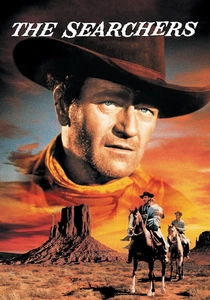
The Searchers (1956)
Description: This classic film follows Ethan Edwards, a Confederate veteran, on his quest to rescue his niece from Comanche kidnappers, highlighting themes of redemption and the harshness of the frontier.
Fact: John Wayne's character Ethan Edwards was ranked as the 8th greatest film hero by the American Film Institute. The film was shot in Monument Valley, a location that became synonymous with Westerns.
 Watch Now
Watch Now

The Magnificent Seven (1960)
Description: A group of gunfighters are hired to protect a small Mexican village from bandits, turning them into rescuers of the community.
Fact: The film was inspired by Akira Kurosawa's "Seven Samurai." It was remade in 2016 with a diverse cast.
 Watch Now
Watch Now

The Man Who Shot Liberty Valance (1962)
Description: While not a traditional rescue story, it involves a lawyer who must confront the outlaw Liberty Valance to save the town from his tyranny, embodying the spirit of a rescuer.
Fact: This film is often cited for its famous line, "When the legend becomes fact, print the legend." It was one of the last major Westerns for both John Wayne and James Stewart.
 Watch Now
Watch Now
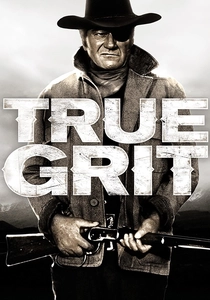
True Grit (1969)
Description: A tale of a young girl hiring a tough U.S. Marshal to track down her father's murderer, showcasing the determination of a rescuer in the face of adversity.
Fact: John Wayne won his only Academy Award for Best Actor for his role as Rooster Cogburn. The film was remade in 2010 with Jeff Bridges in the lead role.
 Watch Now
Watch Now
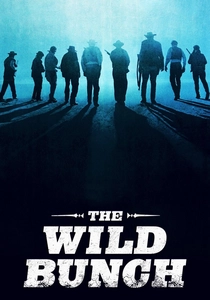
The Wild Bunch (1969)
Description: An aging group of outlaws plan one last heist, but their actions inadvertently lead to the rescue of a young boy from a life of crime.
Fact: The film was groundbreaking for its graphic violence and portrayal of the end of the Old West. It was one of the first films to be rated R.
 Watch Now
Watch Now
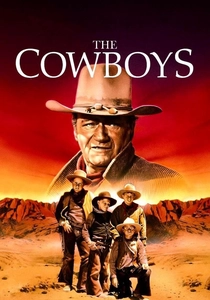
The Cowboys (1972)
Description: When his regular crew abandons him, a rancher hires schoolboys to drive his cattle, turning into a rescuer figure for these young men.
Fact: John Wayne's character, Wil Andersen, was originally written to die at the end, but Wayne insisted on a different ending. The film was also notable for its young cast, including a pre-fame Robert Carradine.
 Watch Now
Watch Now
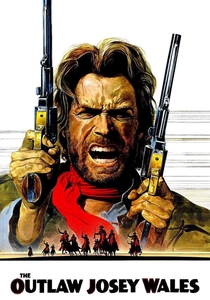
The Outlaw Josey Wales (1976)
Description: After his family is murdered, Josey Wales becomes an outlaw, but his journey turns into one of rescue and redemption as he helps others along the way.
Fact: Clint Eastwood directed and starred in this film, which was one of the first Westerns to explore the aftermath of the Civil War. The film's theme song, "The Rose of Alabama," was written by Eastwood himself.
 Watch Now
Watch Now
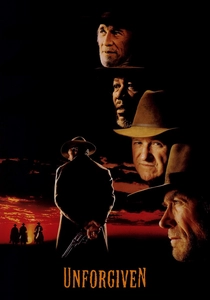
Unforgiven (1992)
Description: Though primarily a tale of revenge, it includes elements of rescue as the protagonist, William Munny, seeks to right a wrong done to a prostitute.
Fact: Clint Eastwood won his first Best Director Oscar for this film. It was also the last Western to win Best Picture until "No Country for Old Men" in
 Watch Now
Watch Now

